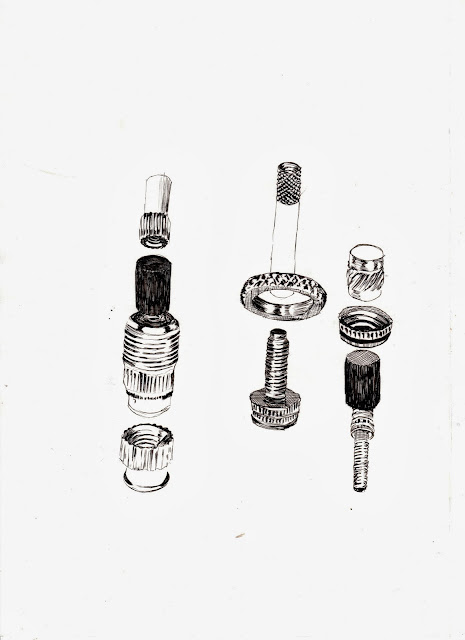My stall at the Christmas Fair selling leather necklaces, architectural silver rings and wood and leather Christmas cards.
Selection of silver rings shapes inspired from previous 2nd year project based on industrial buildings. Prices ranging from £15 to £25.
Christmas cards made from handmade recycled paper, wood veneer, cork and leather.
Also a some pieces by Sabira Silcock silver necklaces with coloured fimo clay. Earings and rings.
... some cactus Christmas tree illustrated cards made by Anna Sheridan.

























































